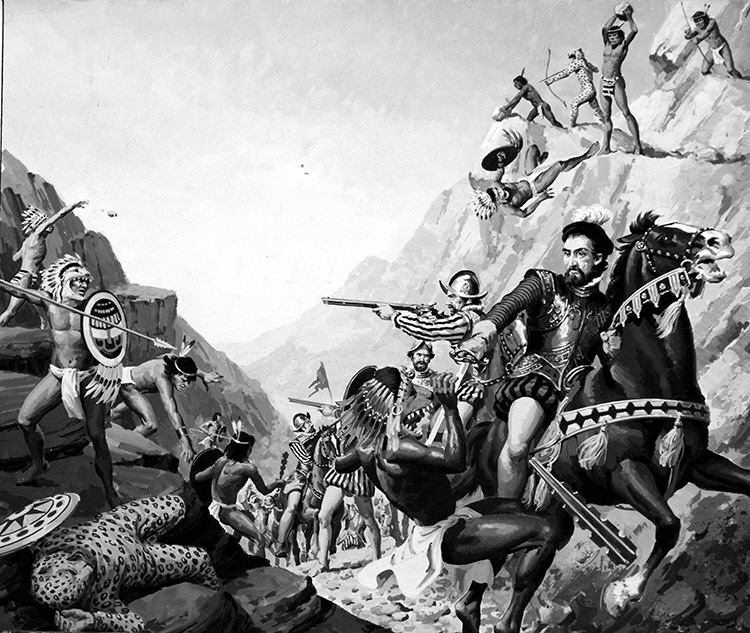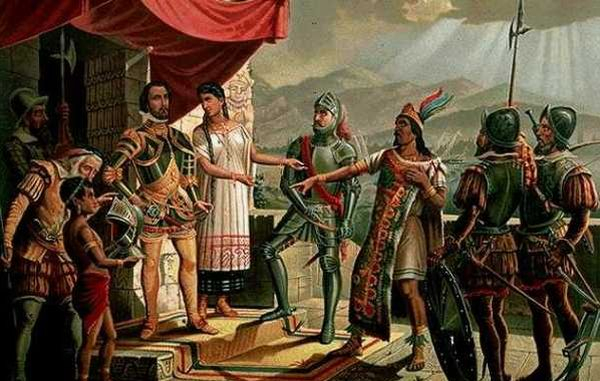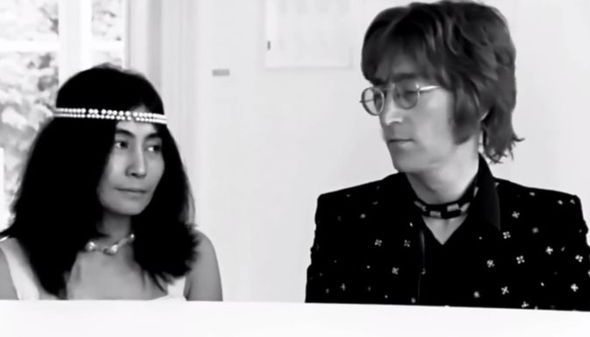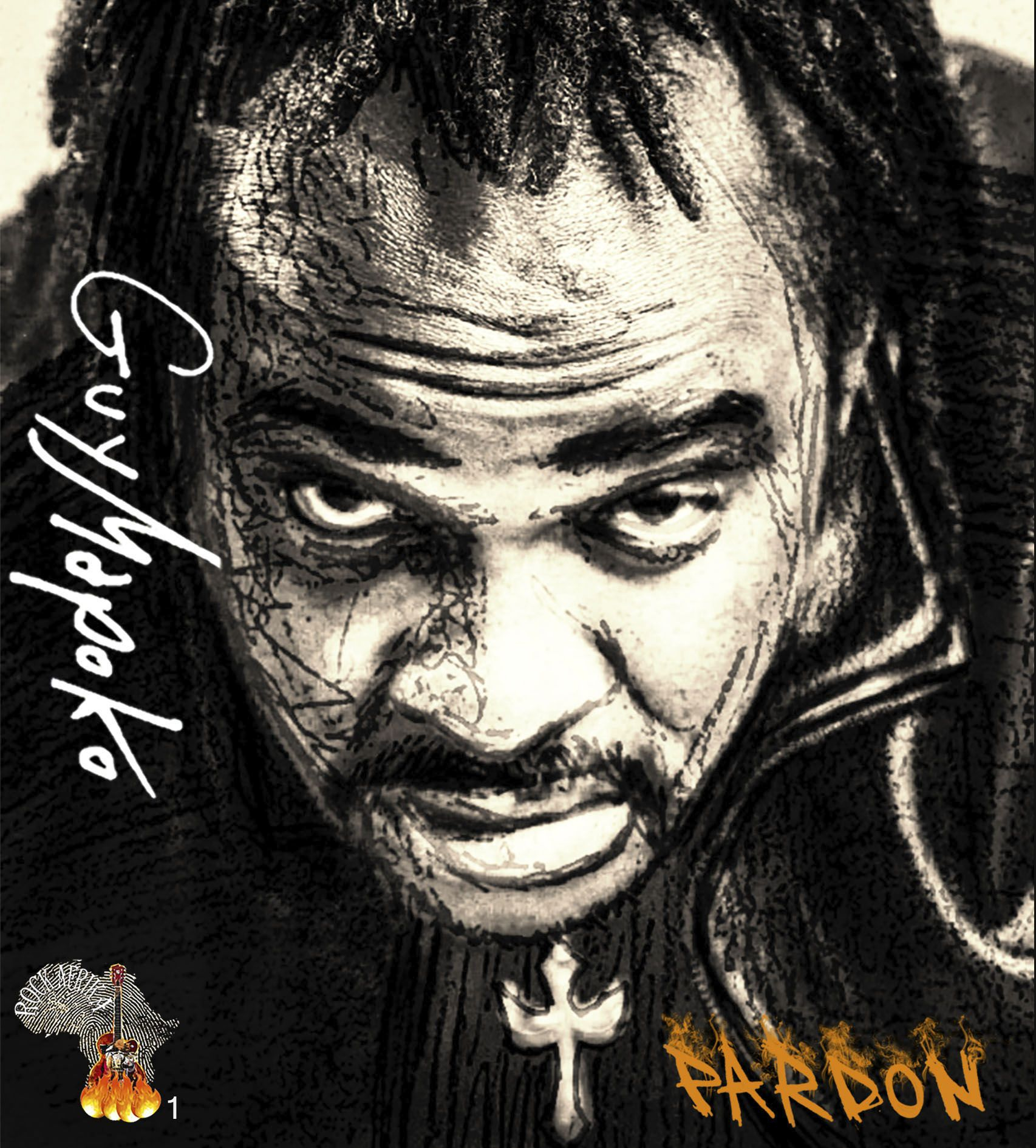'Cortez the Killer' is a song by Neil Young from his 1975 album, "Zuma". It was recorded with Young's band Crazy Horse. It has ranked #39 on Guitar World's 100 Greatest Guitar Solos and #329 on Rolling Stone's list of the 500 Greatest Songs of All Time. The song re-appeared in a live rendition on "Weld" (1991). This article discusses an alternate view on this classic track.
'Cortez the Killer' is about Hernan Cortés, one of the infamous ‘conquistadores’ who caused the fall of the Aztec Empire and brought large portions of what is now mainland Mexico under the rule of the King of Castile in the early 16th century. Cortés was part of the generation of Spanish colonizers who began the first phase of the Spanish colonization of the Americas.
Arriving on the continent, Cortés executed a successful strategy of allying with some indigenous people against others. He also used an Aztec woman, Doña Marina, as an interpreter. She later bore his first son.
When the Governor of Cuba sent emissaries to arrest Cortés, he fought them and won, using the extra troops as reinforcements. Cortés wrote letters directly to the King asking to be acknowledged for his successes instead of being punished for mutiny. After he overthrew the Aztec Empire, Cortés was awarded the title of Marqués del Valle de Oaxaca. In 1541 Cortés returned to Spain, where he died six years later of natural causes, yet embittered.
Maybe because the song points to a bloody and unwelcome part of Spain’s history the song was banned under the Franco regime. "Zuma" was released in full in Spain after Franco's death, the song being renamed to the less inflammatory title 'Cortez'.
Instead of describing the battles of Cortés with the Aztecs, the lyrics depict Cortés’ arrival on the continent in what might have been his first impressions of Aztec culture, the people, and their ruler Montezuma II.
In the last verse of the track the perspective suddenly jumps from third-person narrative to first-person with a reference to an unnamed woman:
And I know she's living there
And she loves me to this day.
This verse may suggest a lost love affair and brings a personal aspect to what is otherwise an historical narrative. Cortés had in fact an advisor and lover in ‘La Malinche’ Malinalli Tenepal aka Doña Marina, who proved to be a valuable source of local knowledge for the Spaniards. The verse may point to a connection between broken relationships and that of imperial invasion by someone else. It may also refer to events in Neil Young's personal life at that time. Or both.
Another possible interpretation is that 'she' represents the Aztec main temple, the Templo Mayor. In Meso-American literature, the temple is often referred to as "she," since both men and women were sacrificed there and a considerable part of the main temple was dedicated to the Aztec rain god, who is often described as a female. The temple was uncovered in 1978 - three years after the album was released - after being buried beneath Mexico City for nearly 500 years.
“A lotta shit I just made up, because it came to me." - Neil Young on 'Cortez'

So much for the wiki's
Looking at the lyrics - 7 verses in a 7:29 track - one might glance over them and say “well, okay...”. Detached from the music they may appear as a loose collection of impressions. To fully appreciate however their richness and (probably) multi-layered context, one has to listen to them in conjunction with the music.
When Young says [it was] a lotta shit I just made up, because it came to me - I don’t believe that for one second. If it just came to him and he scribbled the lyrics on a piece of paper, my question then would be “Where did it come from?” Was it Montezuma’s ghost speaking to him, enacting his wisdom instead of his revenge for which he is better known?
In any case, it is an artist’s prerogative to keep the deeper meaning - or the absence thereof - from one of his creations to himself and let the listener make up his own mind; which I am about to do...
The ’simple’ big chords, guitar solo, rhythm, and pace of the song paint a picture of doom heading for a continent that up to that moment was pretty much untouched and unscathed by Western ‘civilisation’. I think by now you are getting where I am heading with this...
When I first listened to the track, armed with only bare-bone knowledge of Young’s work and the history of the conquistadores, images of the movie “1492” rose to my mind. Yes, “1492” isn’t about Cortés but Columbus. The point made here being the imagery, not the historical context, although they belong to the same narrative. That of conquest.
He came dancing across the water
With his galleons and guns
Looking for the new world
In that palace in the sun.
On the shore lay Montezuma
With his coca leaves and pearls

Galleons and guns vs. coca leaves and pearls
Two world views are about to clash and only one will prevail. If both music and lyrics are as casually crafted as some may suggest they couldn’t have set a better tone to what in fact was a disaster of monumental proportions.
In his halls, he often wondered
With the secrets of the worlds.
Who is 'he'?
-
Montezuma pondering knowledge that since then has gone lost in the fog of time?
-
Cortés walking through Montezuma’s defeated halls of power, wondering how on God’s green earth these heathens could have established all this? But I digress. Where’s the gold?
And his subjects gathered 'round him
Like the leaves around a tree
In their clothes of many colors
For the angry gods to see.
And the women all were beautiful
And the men stood straight and strong
The coloration of what Cortés must have encountered in the New World is so vivid, so lively and so completely alien to a Western deterministic mindset.
They offered life in sacrifice
So that others could go on.
The debate continues up to this day as to the purpose of the ritual sacrifice of human life. From as far afield as that it didn't involve human beings, to bloody murder. Were these in fact earnest attempts to appease the angry gods?
In our self-centered ‘modern’ mindset a sacrifice of that magnitude is pretty much unthinkable, other than in the most extreme of circumstances. And yet there was this Jesus of Nazareth who pretty much did the same - if we believe the scriptures to be true, that is.
Hate was just a legend
And war was never known
Just imagine it!

Imagine there's no heaven
It's easy if you try
No hell below us
Above us only sky
Imagine all the people
Living for today.
Imagine there are no countries
It isn't hard to do
Nothing to kill or die for
And no religion, too
Imagine all the people
Living life in peace.
That is from a different song but it felt appropriate here...
The people worked together
The people worked together without the aid of a United Nations, The Red Cross, or other organizational structures. They just did. This was the world, the culture, Cortez apparently entered and eventually destroyed, as was most of the Americas, Africa, Asia, and Australia; subjugated by Western conquistadores in search of gold, diamonds, natural resources - including people. Basically whatever they could they lay their hands on and turn into monetary profit.
I know my depiction of the Aztec world is borderline Pocahontas. It (probably) wasn’t all that perfect. There were wars, death, and destruction too. Yet, the mindset was different. Instead of exploiters of this world we see a behavior in the remnants of these so-called indigenous peoples that is more resemblant to care-taking, as they consider themselves being the custodians of this world.
And they lifted many stones.
They carried them to the flatlands
And they died along the way
They - the Aztecs - lifted many stones and carried them to the flatlands. They may have died in doing so, sacrificing their lives, so that others could go on.
But they built up
with their bare hands
What we still can't do today.
They erected temples - built cities in the clouds - and other structures in such a way that we today would have a hard time doing so and in some cases are unable to replicate.
Cortez and those that followed him annihilated an advanced culture and in doing so destroyed knowledge about nature and human history. For what? Gold?
Gold doesn’t feed our bellies, it doesn’t cure our diseases. Does it make us happy? Only when gold is converted into currency, money, we are able to buy food, housing, and healthcare. We cannot imagine our world without it. Yet, there was at least one, but it was destroyed.
This lost world Neil Young depicts in this song. The music and lyrics carry us away from past the mist of time into a world that once was. Far more innocent, decent and balanced than our world currently is.
"A lotta shit we just made up, because it came to us" may well be the perspective of humans in the future when looking back on our day and age. Hopefully, because it would imply that we have changed our ways…
And I know she's living there
And she loves me to this day
I still can't remember when
Or how I lost my way.
In this last verse of 'Cortez' we arrive at the magical switch in perspective as previously discussed. Apart from the interpretations already given in this article might I suggest another one...
The ‘I’ representing humanity at its current standing and ‘she’ being our planet and environment. We, today’s people, haven’t completely lost our touch with mother nature yet. We know she is still living out there. We know that she is still able to sustain us although we do all the possible to destroy her.
It is because we can’t remember where or how we lost our way, we are unable the address, let alone solve the issues and challenges that we are currently facing.
We can learn however from historical precedent as history has a tendency to repeat itself, never in the same way yet in a similar fashion. Maybe the story of Cortés can guide us as it tells us a story at a moment in time where we - Western civilization - took a wrong turn.
'Cortez' took place in a period in Europe's history called Renaissance - rebirth - from approximately 1300 to 1700 AD. A time of re-discovery, re-invention, and re-establishment of some of the knowledge and values that were lost with the collapse of the Roman Empire. At about the time of Cortés, I think the West took the wrong turn. Exploration, invention, yes. Conquest, exploitation, no.
The abolishment of the ban on usury. The re-invention of paper money backed by gold as currency. The expansionism of predominantly the Roman Catholic Church, providing a facile moral high ground for Christians vs. non-Christians. Without it, without the wilful misinterpretation of Bible texts, Cortés would never have developed the mindset that caused the destruction of the Aztec civilization and many others that would follow.
With 'Cortez the Killer' Neil Young nails it. With just a few strokes of the pen. 'Cortez' in all its beauty and grace is a warning sign. A lotta shit we just made up because it came to us - in falsehood.
He came dancing across the water
Cortez, Cortez
What a killer.

